Figures & data
Figure 1 Schematic illustration of the experimental schedule.
Abbreviation: P, postnatal day.
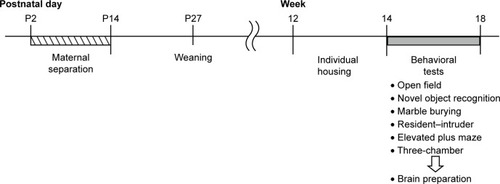
Figure 2 Rearing condition affected anxiety-like behavior in the open field test.
Abbreviations: AFR, animal facility rearing; KO, knockout; MS, maternal separation; sec, seconds; WT, wild type.
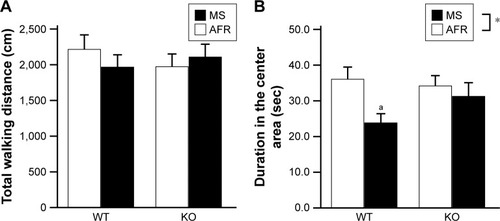
Figure 3 The MS paradigm decreased the desire to investigate a novel object.
Abbreviations: AFR, animal facility rearing; KO, knockout; MS, maternal separation; sec, seconds; WT, wild type.
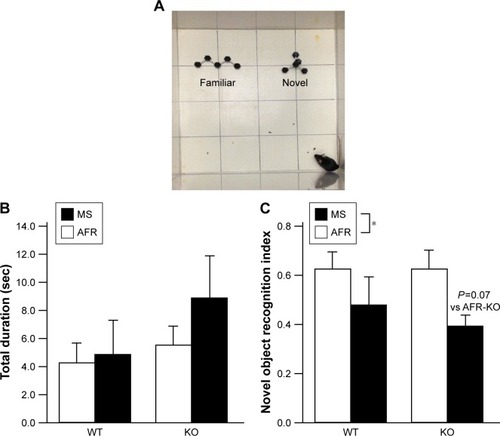
Figure 4 Rearing condition and genotype affected perseverative behaviors.
Abbreviations: AFR, animal facility rearing; KO, knockout; min, minutes; MS, maternal separation; WT, wild type.
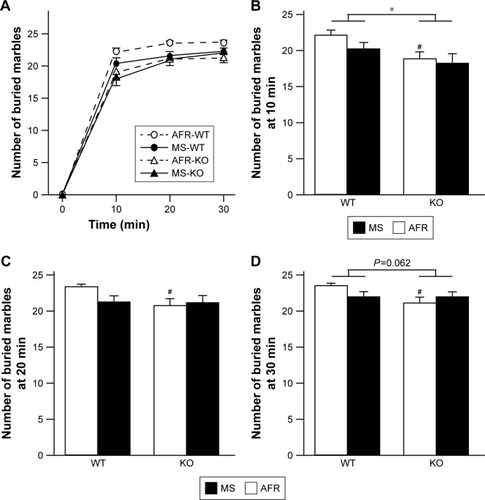
Figure 5 Neither rearing condition nor genotype affected social behaviors in the resident–intruder test.
Abbreviations: AFR, animal facility rearing; KO, knockout; MS, maternal separation; sec, seconds; WT, wild type.
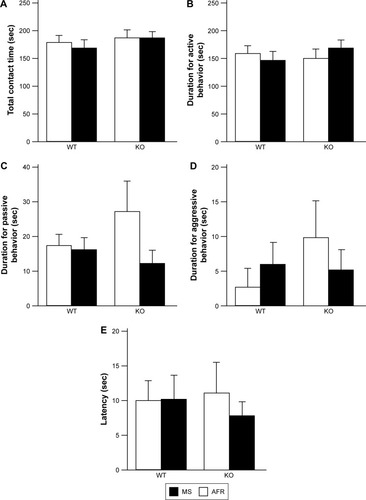
Figure 6 Rearing condition and genotype affected anxiety-like behavior in the elevated plus maze test.
Abbreviations: AFR, animal facility rearing; KO, knockout; MS, maternal separation; sec, seconds; WT, wild type.
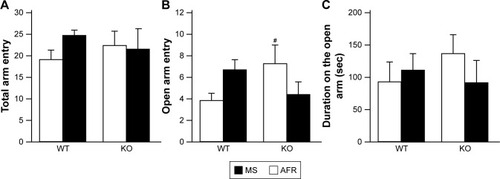
Figure 7 Rearing condition and genotype affected social behaviors in the three-chamber test.
Abbreviations: AFR, animal facility rearing; KO, knockout; MS, maternal separation; sec, seconds; WT, wild type.
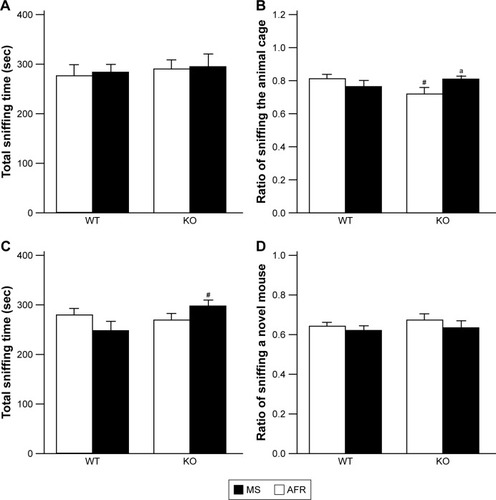
Figure 8 The immunoreactivity of cFos in the mPFC.
Abbreviations: AFR, animal facility rearing; cc, corpus callosum; IL, infralimbic; KO, knockout; mPFC, medial prefrontal cortex; MS, maternal separation; PrL, prelimbic; WT, wild type.
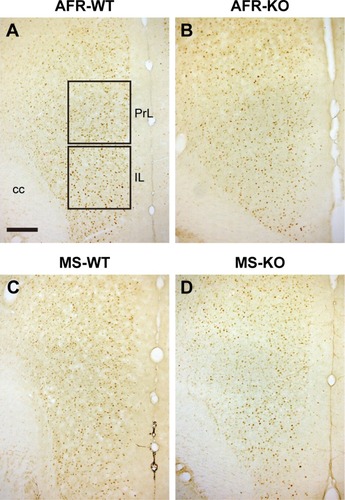
Figure 9 Rearing condition and genotype affected the number of cFos-positive cells in the mPFC after the three-chamber test.
Abbreviations: AFR, animal facility rearing; KO, knockout; mPFC, medial prefrontal cortex; MS, maternal separation; WT, wild type.
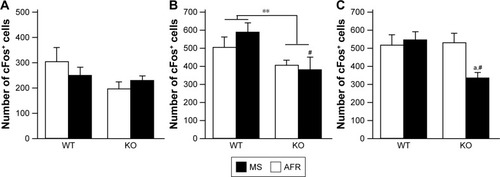
Table 1 Summary of the effects of rearing condition and motopsin deficiency on behaviors and PFC
